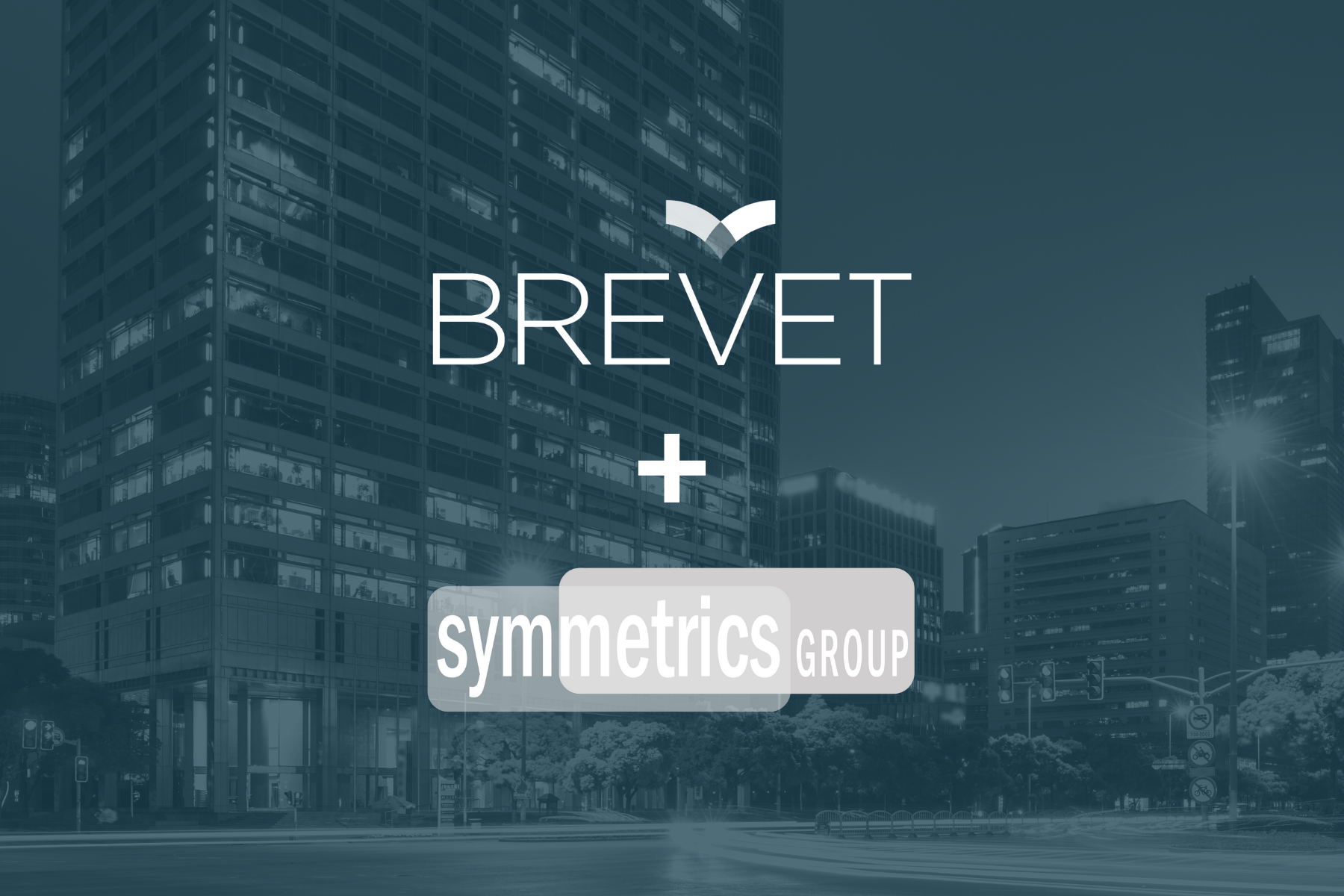Buzzwords like “big data” and “strategic data-driven decision making” have been bouncing around board rooms for quite some time.
Experts report that up to 97% of organizations are investing in big data and AI. The goal is to be smarter about the people they target, the products they offer, the pricing they set, and the distribution paths they select.
Organizations across industries are clamoring for tools and techniques capable of aggregating important data for insight. Why do so many sales organizations still struggle to fully optimize the potential of the data at their disposal?
Show Me the Data
The amount of data created today is staggering (e.g., ~2.5 quintillion bytes per day). It comes down to an organization’s ability to harness data that separates them from the competition. Data can, and is, collected from various sources to serve up valuable insights.
Let’s look at a few familiar examples:
- Online retailers mine data from social media, web searches, and prior purchasing history to optimize inventory and deliver online orders
- Software firms focus on talent retention by deciphering internal and external corporate data, identifying potential flight risks
- Even sports rely on collecting and summarizing relevant in-game activity, helping organizations stack a team of talent capable of competing at the highest level
Within the world of sales analytics, it’s perhaps not surprising that Asset Management firms are leading the pack. Hedge funds successfully pioneered analytics-driven quantitative investing practices. The results begged the question: Why not apply this same analytical rigor within other areas of our value chain?
In a recent study by McKinsey, these firms reported that, “Revenue increased 5-30% as they began using data to behaviorally segment prospects, retain clients, and assess seller productivity.”
Data clearly holds the potential to greatly impact various aspects of an organization. But one question remains: What is keeping other sales organizations on the sidelines?
Here is our hypothesis.
A Hot Topic or a Hot Seat for Sellers?
We often expect sellers to both sell and input immense amounts of data about various client interactions. It heightens visibility, but its use is limited to a micro managerial coaching tool and forecasting mechanism. It’s designed to keep a firm pulse on seller activity and future revenue expectations.
Many sellers would argue that the value they receive from CRM-based data entry efforts are limited to organizing contacts and prompting next steps on key opportunities.
Fortunately, the tides are changing: CRM providers and sales organizations are focused on changing the current narrative. Both are realizing the importance of increasing the quantity and quality of CRM data so there is enough data to analyze.
CRM Providers Address Quantity
CRM providers are working to reduce the friction and frustration of inputting data. They’re using AI to automatically capture new activities and contacts. They’re launching technologies that allow sellers to use voice commands to update account details, meeting notes, and other important attributes on accounts.
Sales Organizations Address Quality
For so long the relationship most sellers have had with their CRM has been a take, take, take. But many of our clients recognize there is a give AND take relationship.
They set clear expectations for what is required of sellers. They never lose sight of how important complete and accurate data is to all segments of business. Most importantly, they continuously strive to enrich the experience sellers have with their clients.
Success Stories
Here are two examples of clients that have cracked the quantity and quality code. They’re serving up statistically relevant insights designed to drive action and value.
- Client Creates Competitive Positioning in Response to Relevant Threats
Have you ever set up a Google Alert to stay up to speed with an important client, competitor, or influential contact in your network? What if instead of searching the entire internet, you could set alerts or search meeting notes for keywords to trend competitor activity? One client is leveraging a new feature within Salesforce to do just that.
By scanning notes logged to an account territory or region, sales professionals can see which competitors and products are popular in client conversations. Trends are assessed across various timeframes. They’re designed to prompt sellers to refresh and refine value propositions. This helps safeguard their firm's position against relevant threats.
Sellers are more informed and able to strategically refine focus to identify points of parity and contention given the product(s) in play. They’re finding and presenting alternatives where additional differentiation is required. They’re also proactively planning responses to potential objections. This keeps them one step ahead of would-be competitors.
- Client Increases Share of Wallet with Cross-Selling Predictive Analytics
If you have a smart TV that supports subscription-based streaming services like Amazon Prime Video or Hulu, then you’ve experienced their highly personalized recommendation engines. Netflix saves ~$1B annually on customer retention just through analyzing member’s viewing history.
We have a client who is taking a similar approach. By analyzing the buying history of each client, the firm can predict future purchasing behaviors. This helps determine which products look more, or less, advantageous.
It’s important to determine purchase frequency and corresponding confidence rules based on similar clients. The recommendation engine helps sellers determine a client’s propensity to buy one product over another. Sellers can bring more meaningful insights to clients. They can also confidently position relevant products all while increasing client satisfaction and retention.
Key Takeaways
A few parting words for sales teams…
A Message for Sellers:
To analyze data, it must be available and accurate. Your organization needs your help to create valuable insights to exceed quota. Ask if you have any questions. If the CRM is not providing value back to you, speak up. Your input is what drives meaningful enhancements.
A Messages for Sales Leaders:
In lieu of an ultimate algorithmic answer, you are the glue that holds it all together. Work to understand and aggregate the experiences your sellers are hopefully memorializing in the CRM. Are certain products trending? Is one competitor gaining momentum within a market? What topics seem to be resonating? Identify and scale best practices that allow efficiency in individuals.
“Data to this century is what oil was to the last one: A driver of growth and change.”- The Economist. Let’s talk about ways to translate data into insight for your sales organization.
About The Author
 Warren Shiver is a Partner at The Brevet Group, a management consultancy focused on end-to-end improvement in sales force effectiveness. Warren’s leadership has helped numerous organizations build high-performing sales teams focused on the right go-to-market strategy, disciplined sales process, and well-designed enablement tools.
Warren Shiver is a Partner at The Brevet Group, a management consultancy focused on end-to-end improvement in sales force effectiveness. Warren’s leadership has helped numerous organizations build high-performing sales teams focused on the right go-to-market strategy, disciplined sales process, and well-designed enablement tools.


.jpg)

